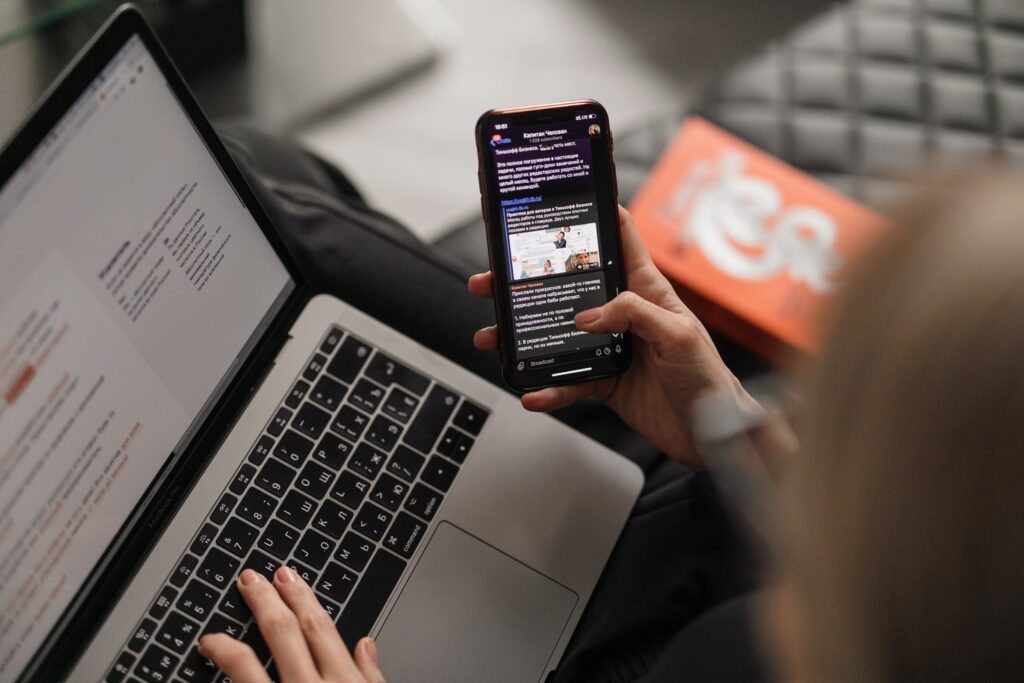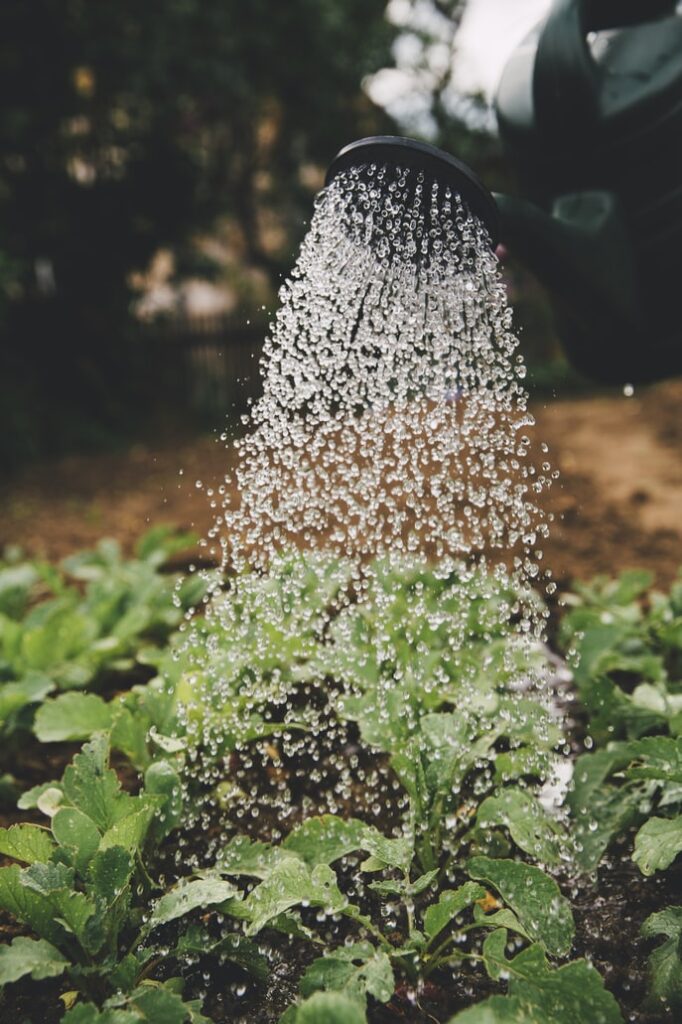“It is not that we have a short space of time, but that we waste much of it.”
Seneca

In my therapy practice, I meet a lot of busy people. In the United States, being busy is a source of pride. Multi-tasking is not a trick to get ahead, it is a way of life. For many people, being busy is how they cope with stress. They are so consumed by their tasks, they don’t have time to worry. Distraction can be a great coping tool, but it’s only effective in the very short term. Think of your smart phone- all the apps you can open immediately for that tiny hit of dopamine. As long as you use this type of distraction with boundaries, it can be a great tool for taking your mind off of your stressor in that moment. The trouble comes when that short term distraction turns into mindlessness, our brain’s version of auto-pilot. While this process is meant to help us, it ends up zapping our time and can lead to the single most diagnosed mental health condition in the U.S: Anxiety.
Anxiety can manifest as different symptoms for everyone. How do we cope with the the intrusive thoughts, the restlessness, the fatigue, the insomnia, the panic, the insert symptom here? We turn to our trusty coping tool- fall out of the present moment, and slip back into mindlessness. The tool has now become the trigger. So how do we break the cycle of wasted time and anxiety? We take back our focus and turn it inward: Mindfulness. When we are mindful, we are focused on the present moment. Our focus is no longer on the past, or the future, or on the million what-if-scenarios bouncing around our mind. Instead, our focus shifts to what is happening right now. Mindfulness is a pause button for our brain. All those ideas are still swirling around, but our focus is no longer on them. The ultimate way to practice mindfulness is through meditation. If you’re picturing a Buddhist monk cross-legged on a mountainside, or a woman in a yoga class chanting “Aum”… you’re not wrong. But there are infinite alternatives – many of which look nothing at all like meditation.

For one of my clients, meditation is watching the birds on her birdfeeder every morning. For some, meditation is a prayer they say before going to bed every night. Others meditate through relaxing activities like gardening. As long as the activity involves being quiet and focused, it is meditative. Just 10 minutes a day of this practice can have profound effects on reducing anxiety. The best part? The more mindful activities you add to your day, the more time you’ll have to enjoy them. Don’t believe me? Try introducing 10 minutes of mindful activity to your day and track your experiences in a journal. Comment below to share what you think.


3 Responses to How to Get More Time and Lower Anxiety